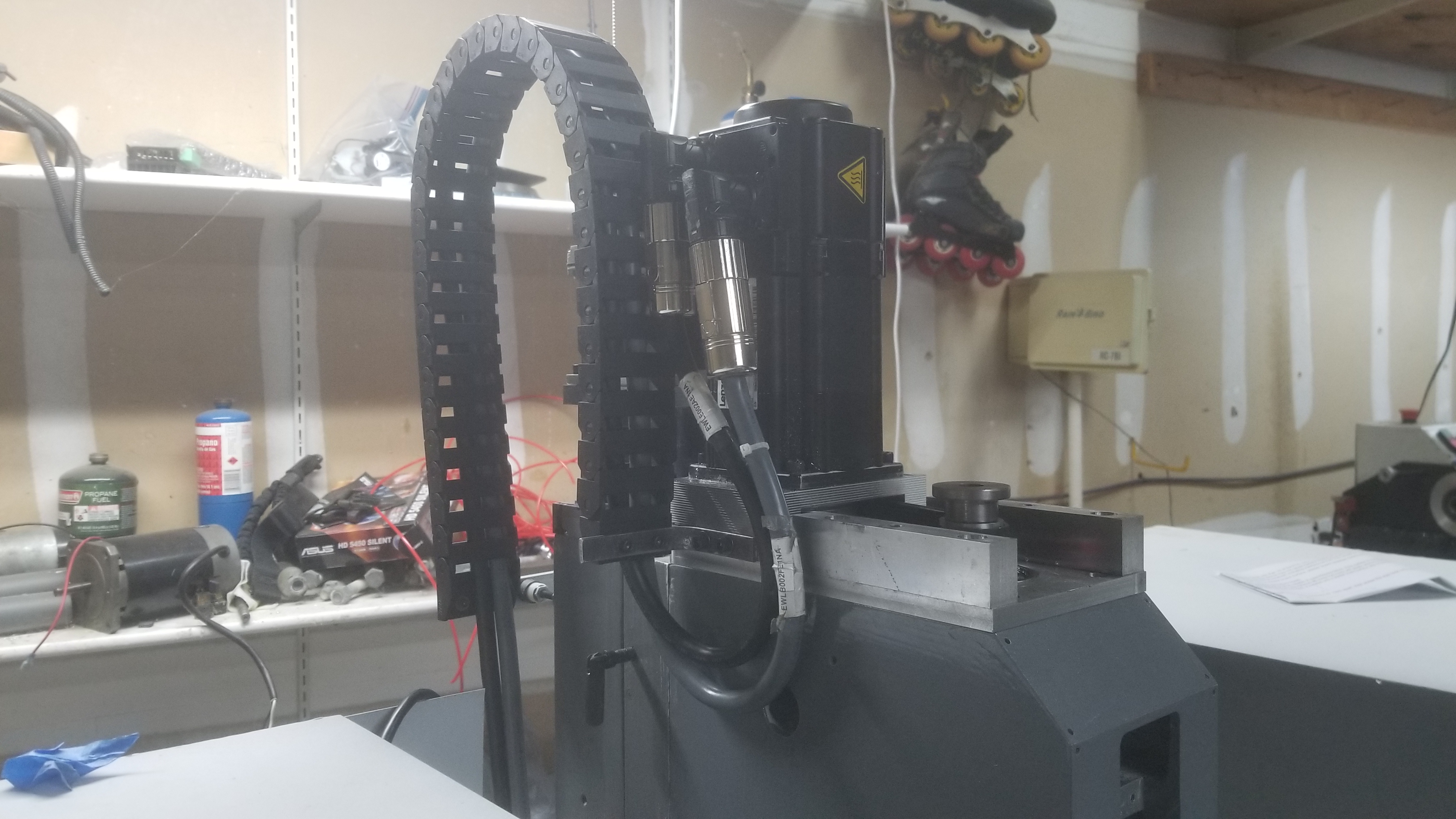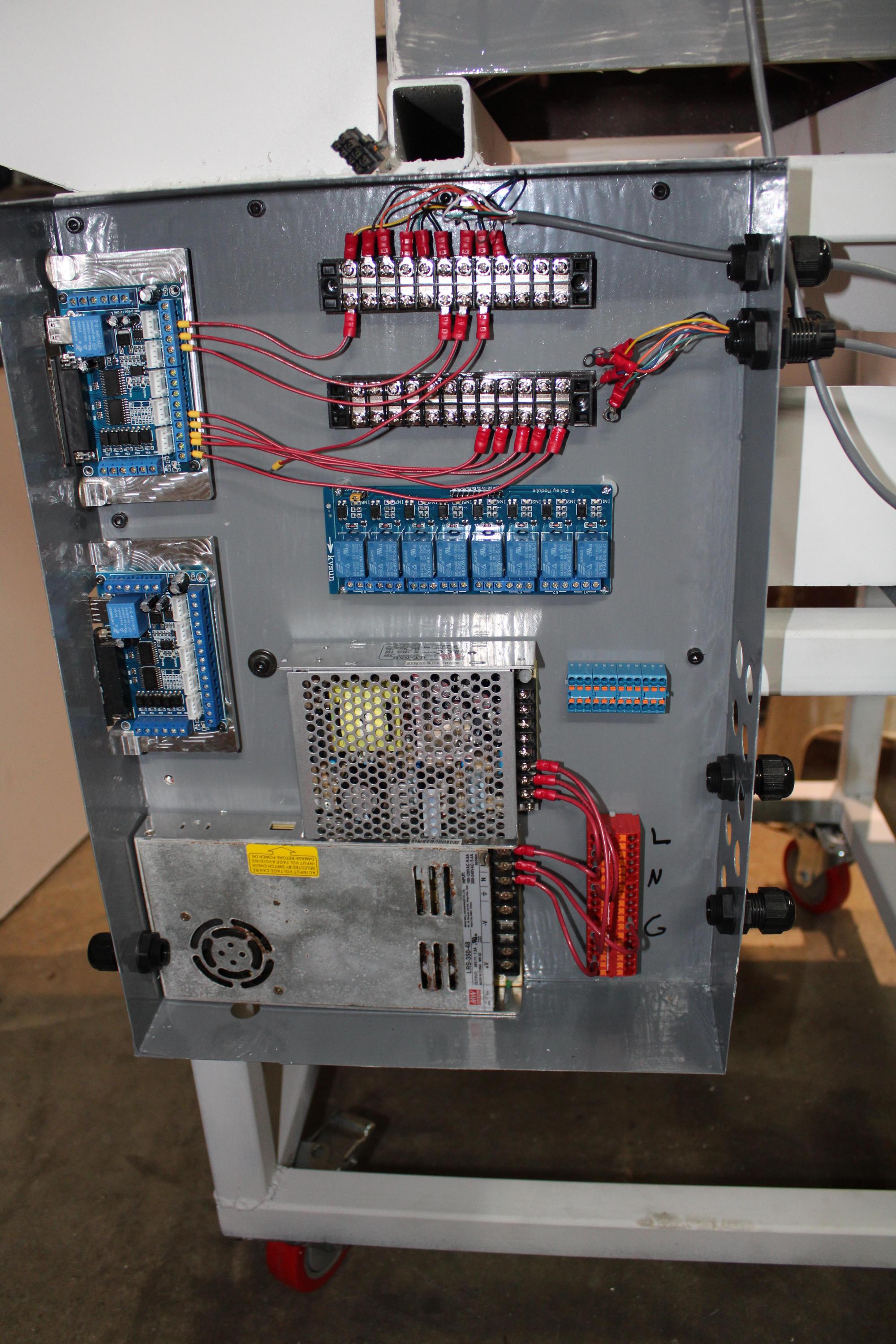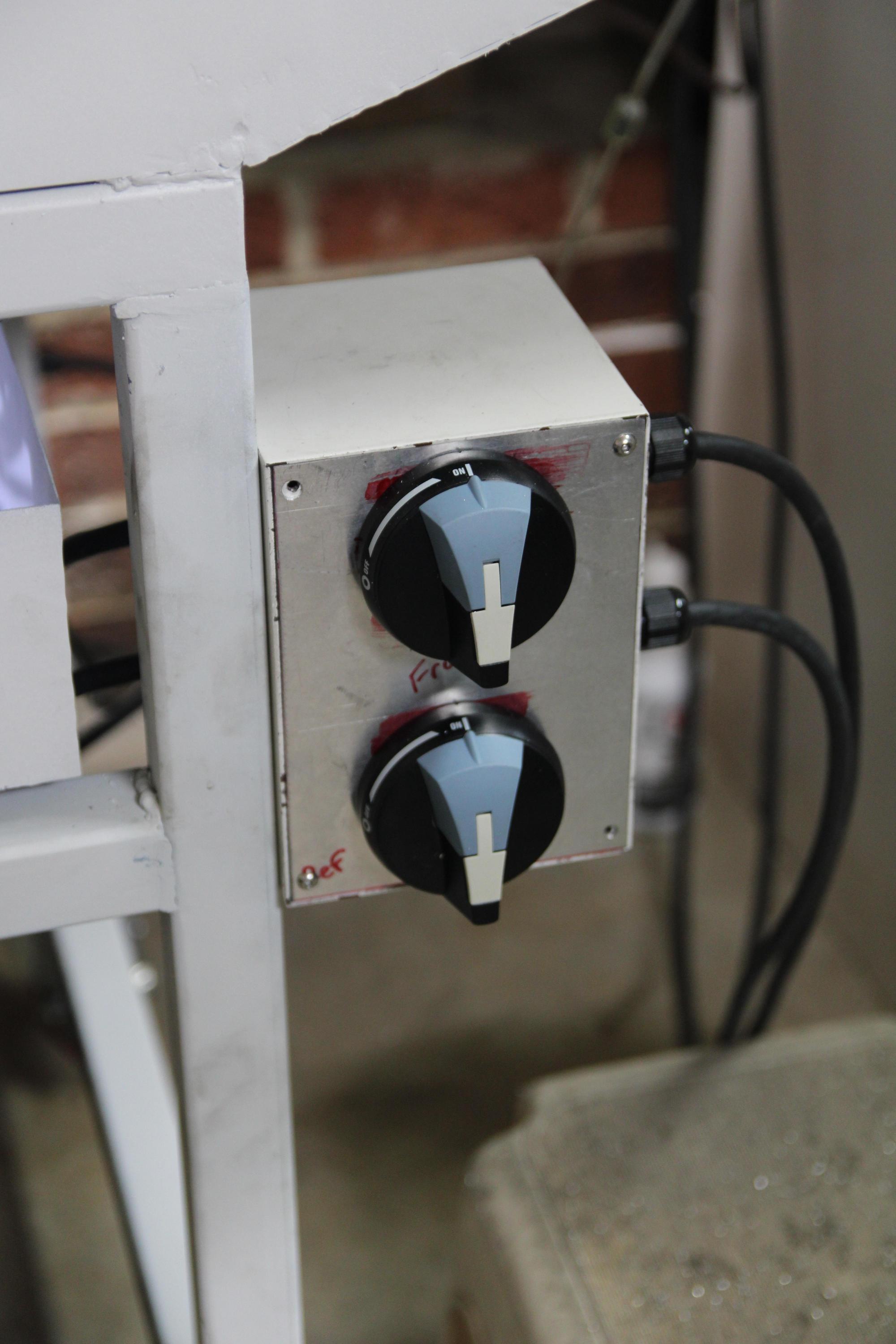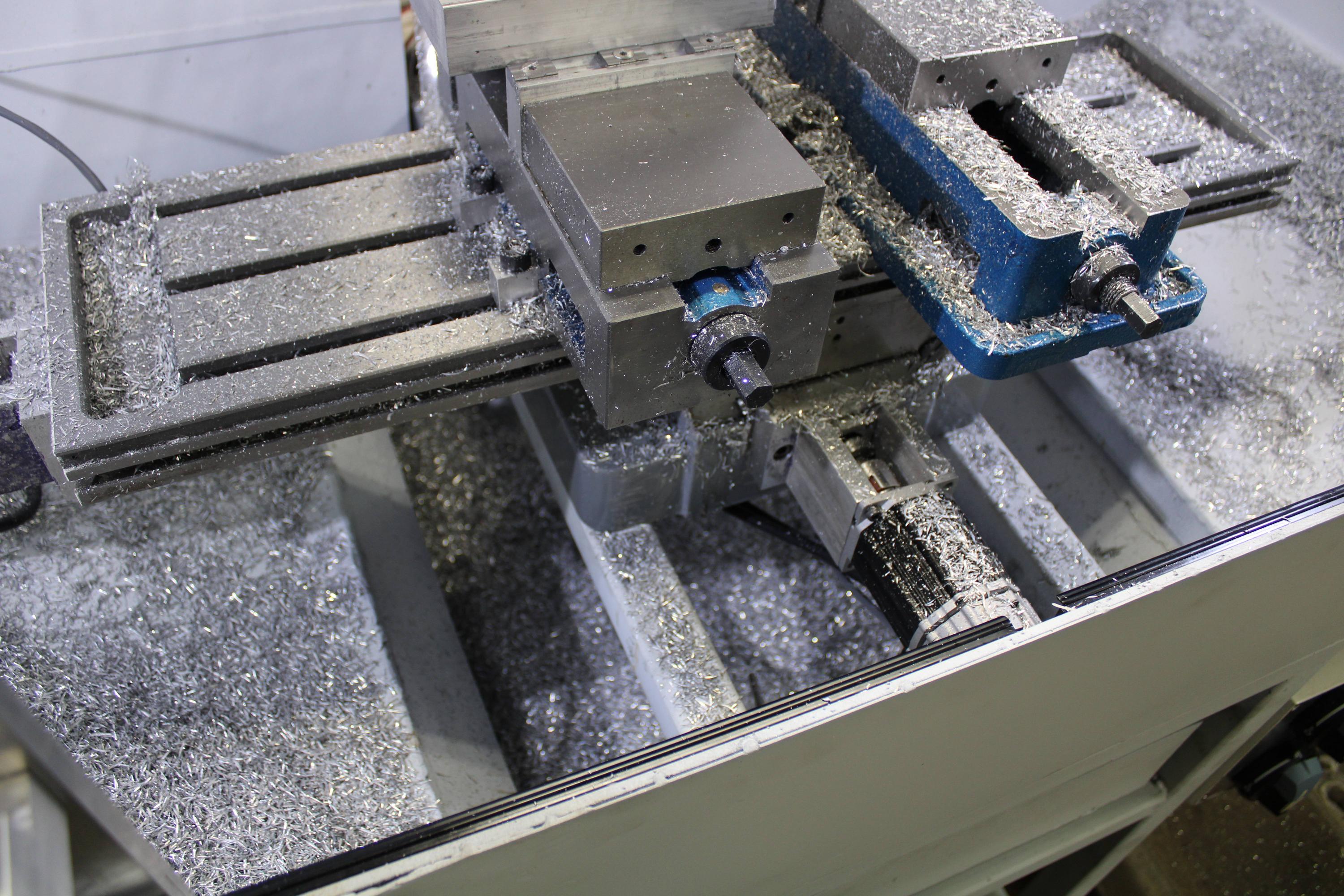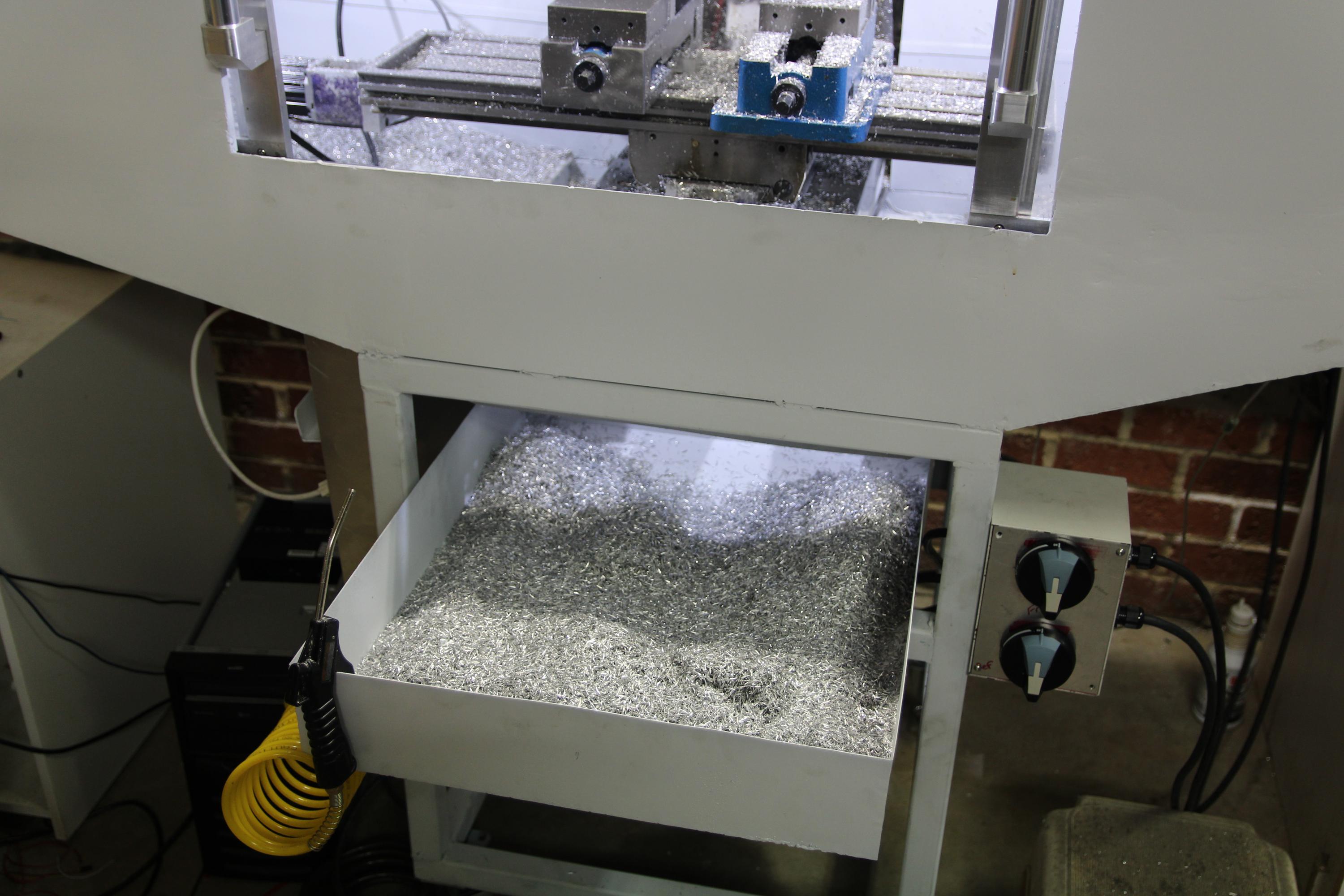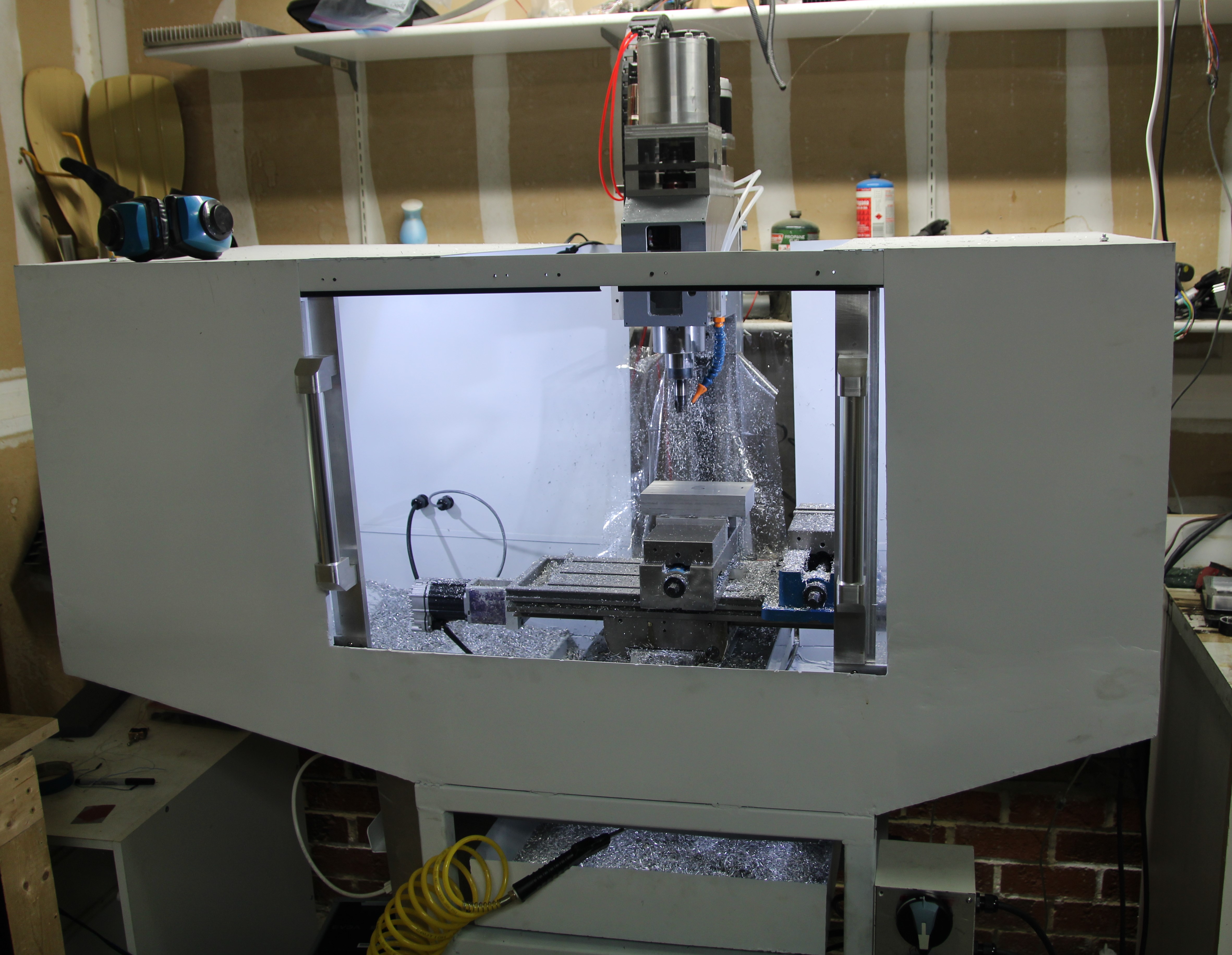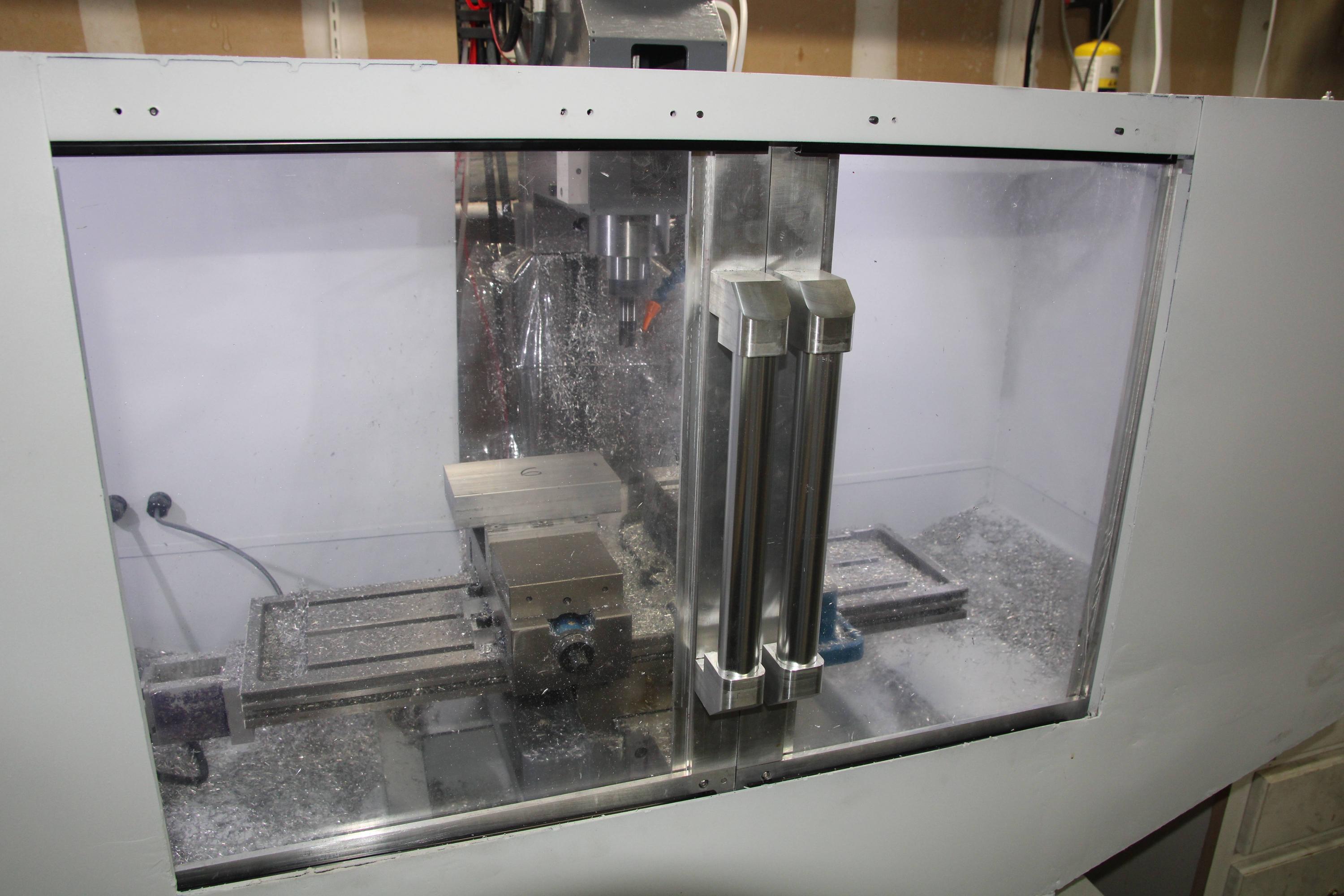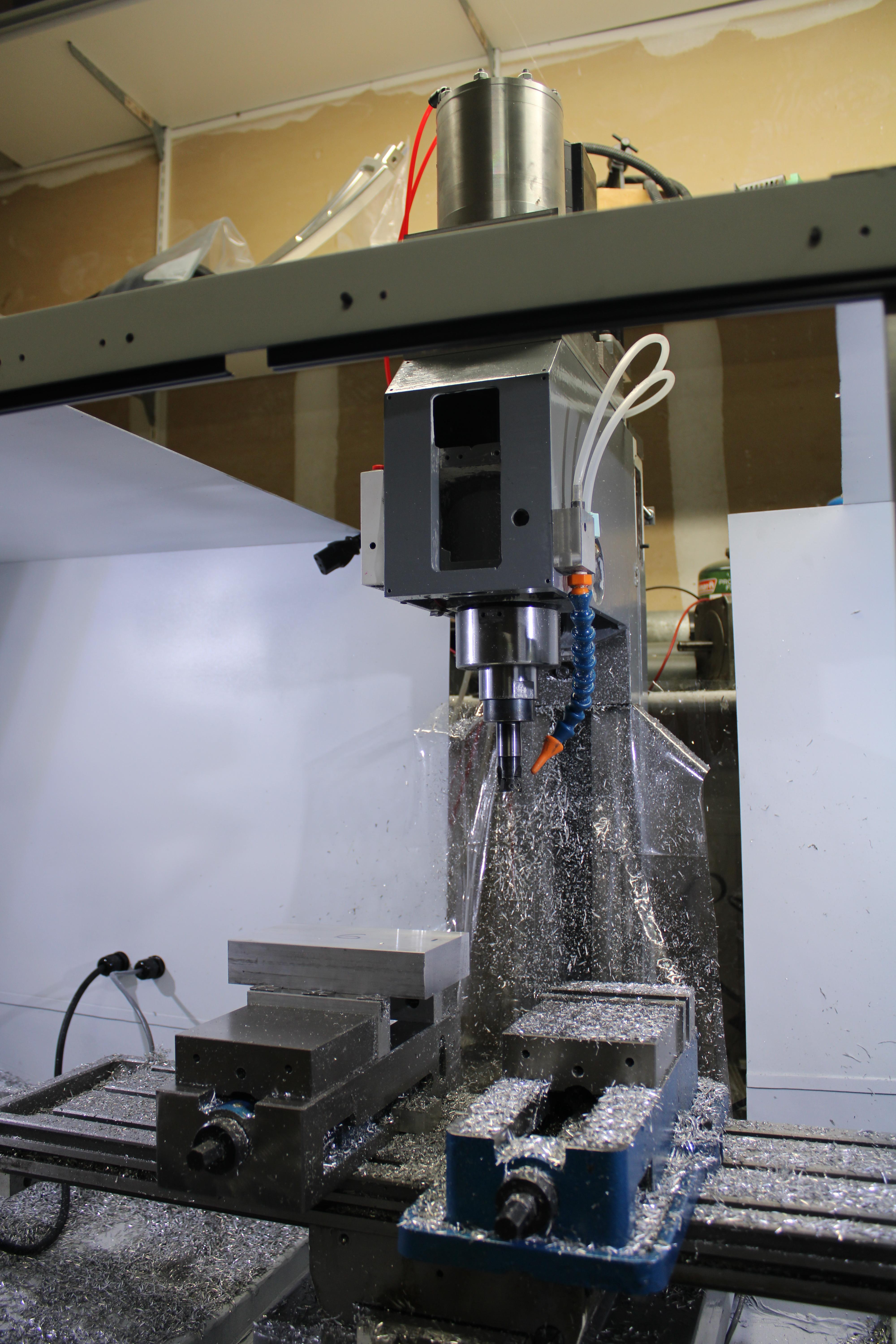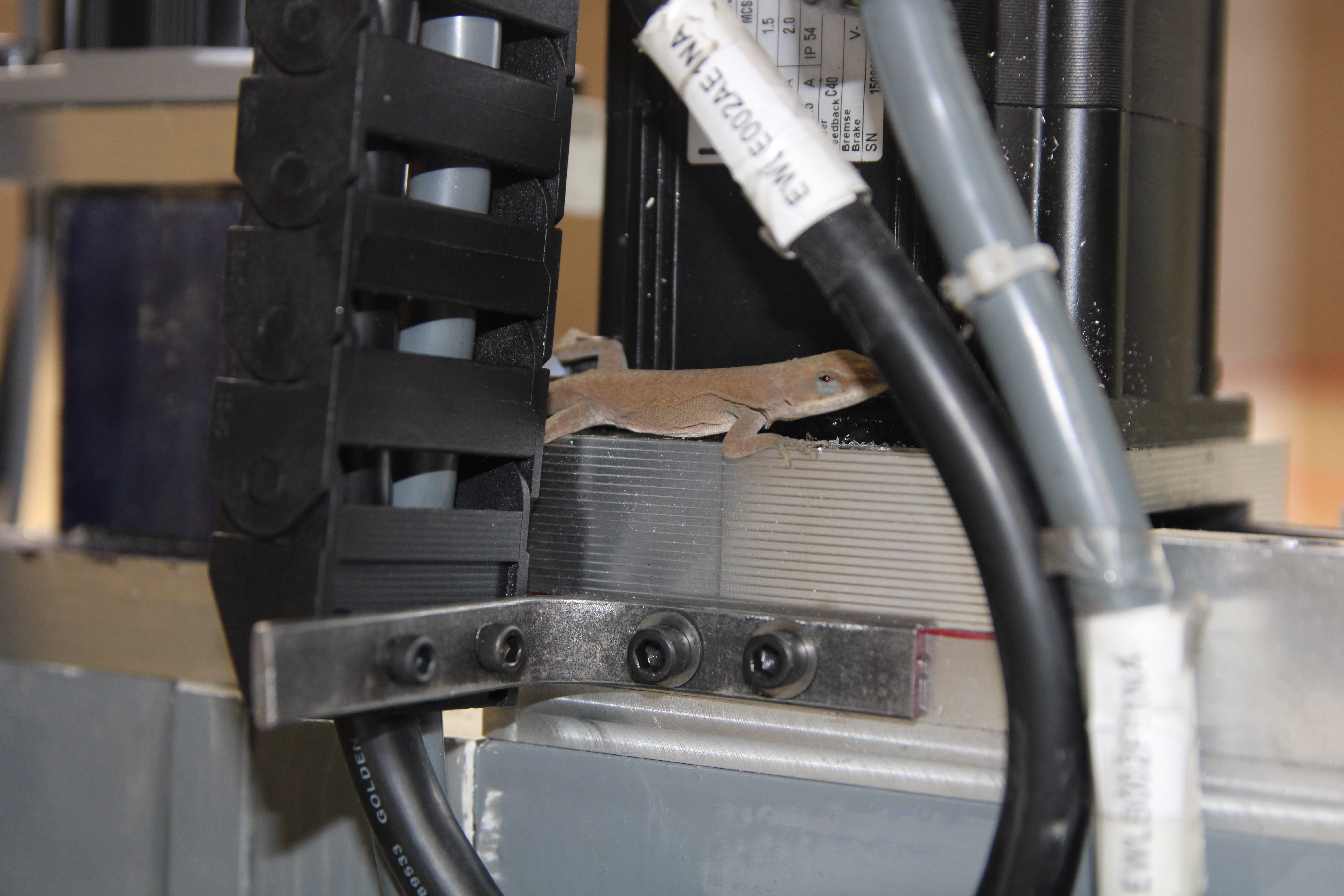I'm a programmer, not an electrical engineer, so I write with trepidation, but... When it comes to circuit protection the question is which risks to what components are you protecting against.
TL;DR: a circuit breaker or fuse protects against things melting when there is a downstream short circuit or otherwise drawing enough current to melt wires upstream. Note that this is not particularly effective for protecting downstream components; there's not much a circuit breaker will do to protect your clearpath motors. For that, you need transient voltage suppression.
There are two classes of circuit protection, basically: over current and over voltage. Circuit breakers are over current protection. Excessive current produces excessive heat, and over current protection protects against effects of heat, up to and including fire. Your home circuit breaker protects the wires in the walls. If you have thin wires connected to the outlet at a gauge that might be damaged or catch fire before tripping your home circuit breaker, they should be behind a smaller over current protection device (fuse or circuit breaker) so that there is a breaker that trips before those wires melt or catch fire.
A GFCI is basically a very sensitive over current protection device that trips if it measures any current to ground, as personal protection against electrocution hazards.
A circuit breaker basically does nothing for over voltage protection (except in as much as sustained over voltage causes over current), and to protect your motors you want over voltage protection as well as over current protection.
There are basically three ways to protect against over voltage: shunt it through a temporary intentional short circuit (a "crow bar"), do something to limit exposure of a sensitive circuit component to a high voltage by filtering it, or sense and interrupt the circuit (effectively a circuit breaker, but not what we normally mean by "circuit breaker"). You probably care only about the first two. (AFCIs are kind of a special kind of filter-triggered circuit breaker that is tuned to a particular kind of noise associated with arcs, which is why they can be annoying with physically commutated motors, which can be annoying in the home shop.)
The surge suppressors you can buy cheaply use devices called metal oxide varistors (MOVs) which are basically insulators at normal voltage but conductors at high voltage. These are shunt devices. They are available with different voltages and energy dissipation capacity, and usually fail short circuit (unless they are blown to bits), so they need a circuit breaker or fuse "upstream" to protect against over current if they fail short. The goal here is to protect equipment from a large increase in voltage. My understanding is that typically heavier-duty (can absorb more energy) MOVs are less sensitive, so it's not that unusual to have a whole-house surge suppressor installed on the main panel, and individual surge suppressors on sensitive equipment. At DC component levels, and especially at signal levels, TVS (transient voltage suppression) diodes are common shunt devices. They are available with a wide range of "breakdown voltages" at which they start to meaningfully conduct. They provide a similar benefit, and I think typically respond faster than MOVs, but carry less energy. (They are available in bidirectional versions that are appropriate for AC signals as well as unidirectional versions appropriate for DC signals.)
The line between filtering and shunting can be blurry. A resistor and capacitor can be seen as shunting a transient spike or filtering a high frequency signal, and it's really the same thing. But an inductive filter in line (including ferrite cores) is only a filter and not a shunt. An inductive filter limits the rate of change of a signal going through it; you can think of change of magnetic field having inertia. So an inductive filter can both protect against noise and relatively low, short voltage transients, and so is mostly useful for cleaning signals of signal-level transients rather than damaging voltages, as I understand it.
@macardoso has been using ferrite beads for signal cleaning recently. ☺
I don't know if that's interesting or useful. Others here can chime in with more informed help than I can.


